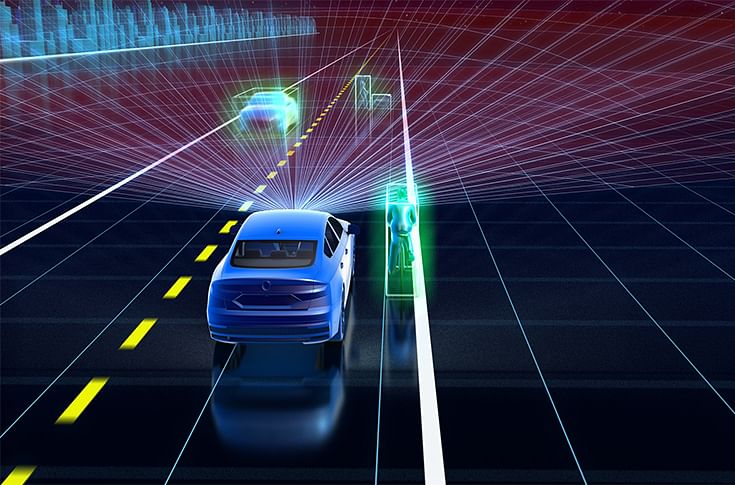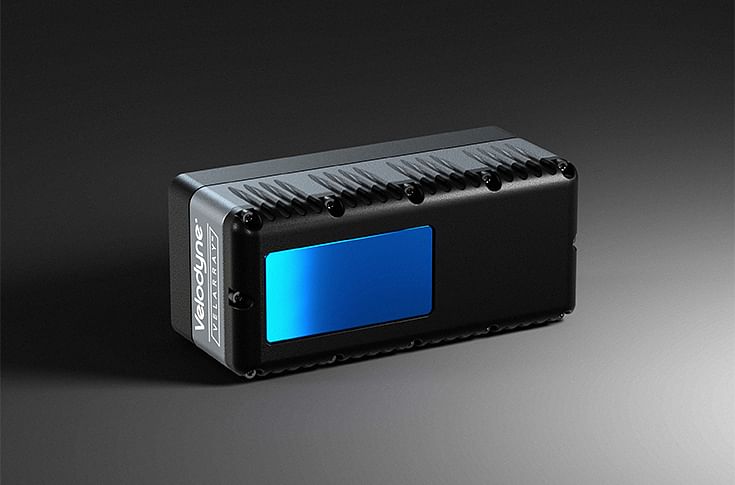Hyundai Mobis to invest $50 million in Velodyne Lidar for new ADAS system
Hyundai Mobis and Velodyne Lidar will collaborate on new lidar system supply by integrating Velodyne’s latest lidar sensors with Hyundai Mobis’s cognitive software.
Hyundai Mobis, the South Korea-based global automotive supplier is joining hands with Velodyne Lidar, a California-based lidar company for mass-producing level 3 autonomous driving lidar system. Hyundai Mobis will also invest $50 million (Rs 354 crore) in Velodyne, creating invaluable synergy between the two companies to reinforce business cooperation in Lidar commercialisation.
The two companies will collaborate on new lidar system supply by integrating Velodyne’s latest lidar sensors with Hyundai Mobis’s cognitive software. In this lidar with high specifications, Hyundai Mobis will develop and integrate its own cognitive software. This software will process the outside vehicle environment data gathered by lidar sensors which means that it would recognize and analyze moving or stationary objects, along with road systems such as traffic sign information.

As per reports, Hyundai Mobis and Velodyne will commercialise their first lidar system for level 3 autonomous driving in 2021 by this partnership. The two companies will mark the start by supplying the system to Asian market and will gradually expand to automakers in North America and Europe. With this lidar system, Hyundai Mobis will finalise its sensor technology line up for autonomous driving of level 3 and above, where the main driving force is shifted from human driver to an independent car system. It has successfully developed a short-range radar last year and will secure deep learning-based camera and high-performance radar technology by next year.
The Velodyne Velarray equips vehicles with scalable ADAS functionality -- Society of Automotive Engineers (SAE) levels 2 through level 4 -- in discrete, cost-effective packaging. It uses an array of lasers to precisely measure distances in its surrounding environment at the speed of light for roadway safety. This includes pedestrian and bicycle detection and avoidance, lane keeping, automatic emergency braking, adaptive cruise control and blind spot detection, as well as advanced autonomous navigation functionality. The company believes that these systems can advance safer mobility on a global scale. Velodyne claims that since 2010, it shipped over 30,000 units and generated cumulative sales of over $500 million (Rs 3,546 crore).

Ko Youngsuk, head of the Hyundai Mobis strategic planning division said, “Hyundai Mobis is delighted to cooperate with Velodyne Lidar, one of the industry’s most reliable and mass-production ready lidar sensor provider to finalise lidar system which is essential in high level autonomous driving.”
David Hall, Velodyne founder and CEO said, “Working with Hyundai Mobis and our valued global partners, we will bring forth the power of Velodyne’s 3D lidar perception in vehicles to improve automated safety for consumers around the world. We believe that powerful ADAS systems can be the stepping-stone to building public trust and a pathway to full autonomy.”
RELATED ARTICLES
Skoda begins sale of made-in-India CKD Kushaq in Vietnam
Before production started, pre-series Kushaq vehicles covered over 330,000 kilometres on a variety of Vietnamese roads a...
Six Japanese companies join forces to expand use of recycled materials in new vehicles
Denso, Toray Industries, Nomura Research Institute, Honda Motor, Matec Inc and Rever Corporation have set up the BlueReb...
BYD selects Voestalpine as steel supplier for its Hungarian plant
The announcement of the Austrian steelmaker as a supplier demonstrates BYD’s strategic plan to source from high-quality,...





 By Autocar Professional Bureau
By Autocar Professional Bureau
 25 Oct 2019
25 Oct 2019
 10818 Views
10818 Views









